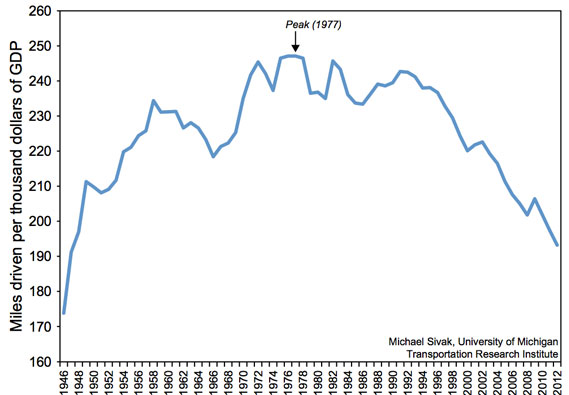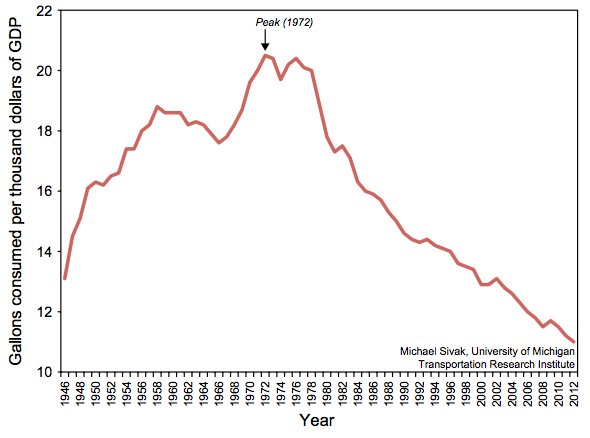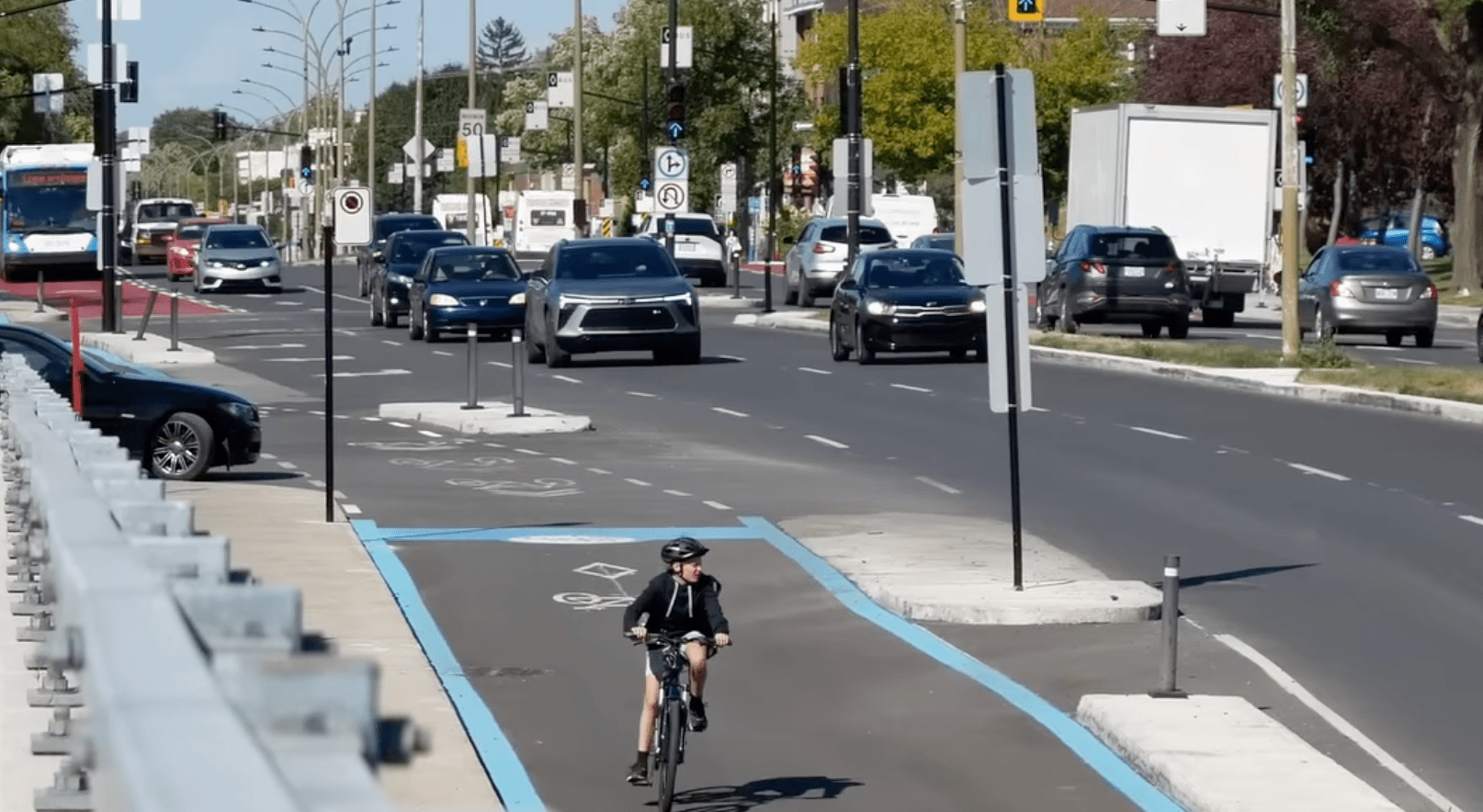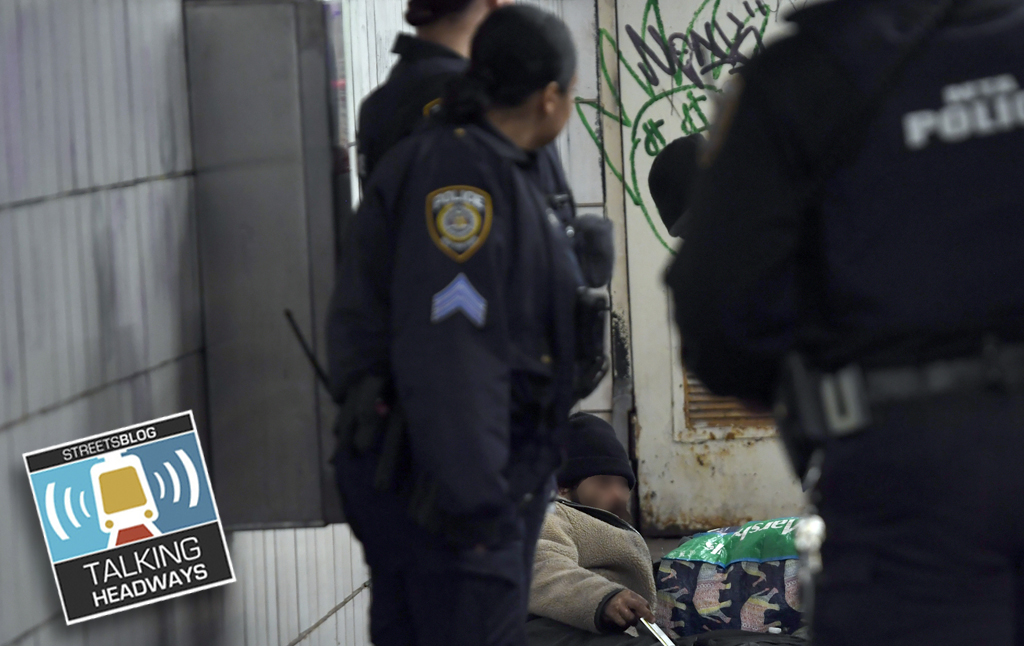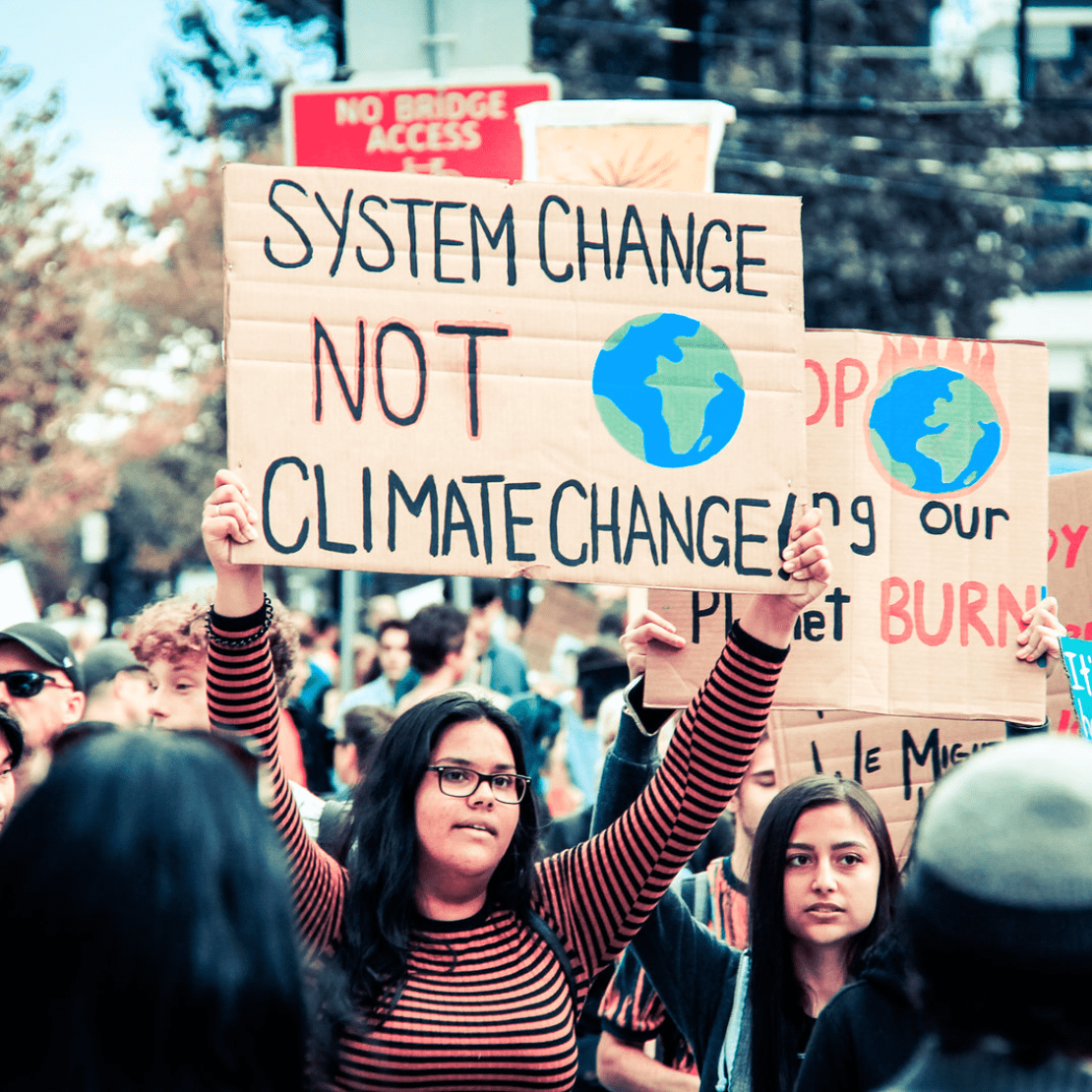Earlier this year, following a slight uptick in U.S. traffic volumes, Transportation Secretary Anthony Foxx said in a press release, "More people driving means our economy is picking up speed." He's not the only person to equate traffic with economic growth. Even former New York City Mayor Michael Bloomberg once said, "We like traffic, it means economic activity," before his administration embraced ideas like congestion pricing, bus lanes, and protected bikeways.
In fact, the amount Americans drive is an increasingly poor reflection of the nation's economic output. A forthcoming analysis from Michael Sivak at the University of Michigan Transportation Research Institute (sorry, no link available yet) finds that by some measures, driving has been "decoupling" from U.S. economic growth for a generation.
Sivak looked at two measures of driving activity in relation to economic growth: mileage per unit of gross domestic product and fuel consumed per unit of GDP. On both of those metrics, when GDP is adjusted for inflation, the amount of driving relative to economic output peaked in the 1970s.
Distance driven relative to economic output was highest in 1977. After that, it more or less plateaued until the 1990s, when it began to decline sharply, Sivak reports. Today it stands at about where it did in the 1940s.
Meanwhile, fuel consumption per unit of GDP peaked even earlier, in 1972. Today it is lower than it was in 1946 -- the first year of data Sivak considered.
Sivak notes that the decoupling of economic output and fuel consumption almost certainly reflects, at least in part, stronger fuel economy standards. But that doesn't explain the similar situation with driving levels.
Sivak says part of the explanation seems to be that today's economy is much more reliant on services and information than it was a generation ago. But other factors, such as growth in transit use and "changes in the age composition of drivers," probably contribute as well. The changes, he says, "likely reflect fundamental, noneconomic changes in society."
